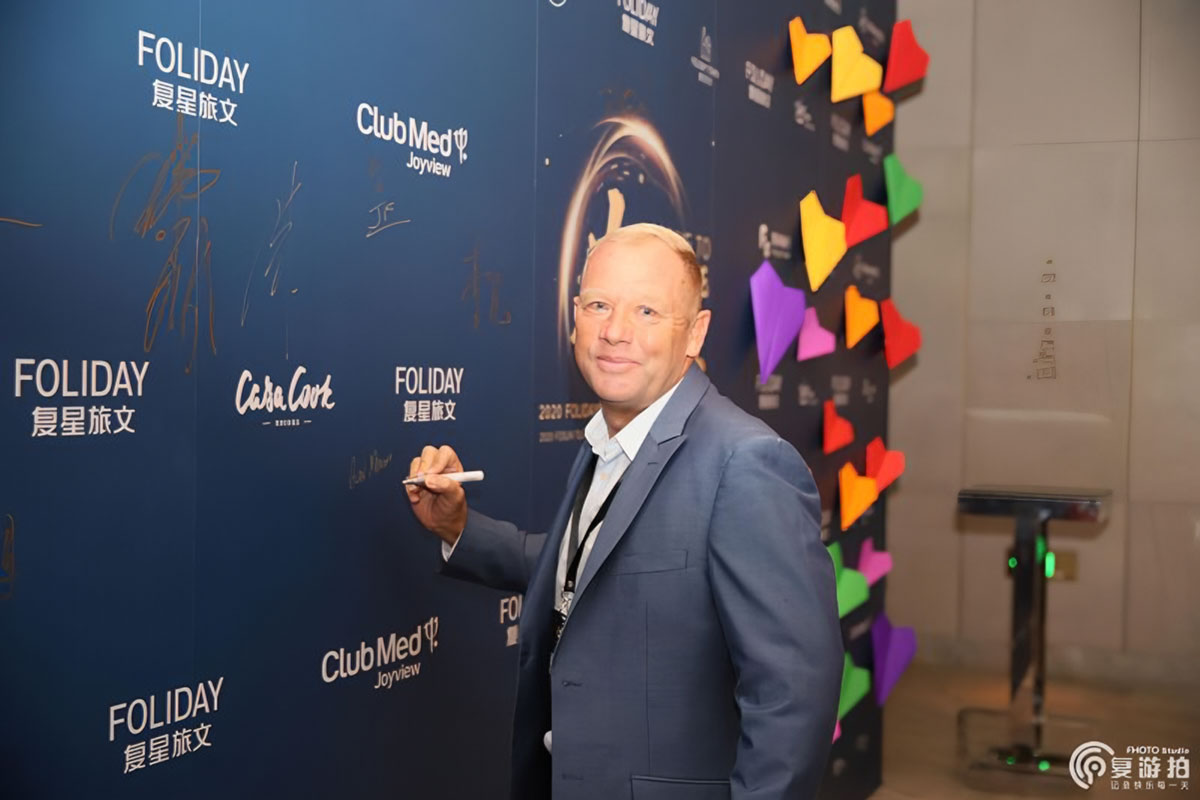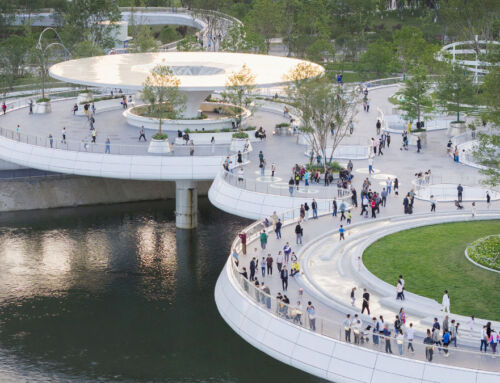Defining innovation, explaining strategies in the Chinese market (among others), recapitulating the lessons learned during decades of career, pondering the importance of intellectual property, design, coordination between the key parts of the project, explaining what to do to bring the public to the attractions… These are just some of the questions clarified by the professional we invite you to meet, a witness of the work done in Chimelong Water Park, or in parks with intellectual properties of Warner Bros, Mattel or Hasbro, the current director of operations of the Chinese company Keyestone Properties Development. Need more introduction? Go ahead.
Amusement Logic: After more than 20 years of experience in leisure, entertainment and tourism, what would you say that led you to the theme park sector?
Alan Mahony: I was born and raised in Sydney, In my early 20’s I decided to travel around Australia picking up work and surfing for a year. I arrived on the Gold Coast Queensland and after a few months surfing needed to start working. A friend introduced me to Wet ‘n’ Wild Waterpark where I started as a lifeguard, moved to Operations Manager the following season then a few years later onto Warner Bros. Movie World for pre-opening and operations of the Theme Park. As you can see I never finished the travel around Australia and my work opportunities within attractions brought me into Asia.
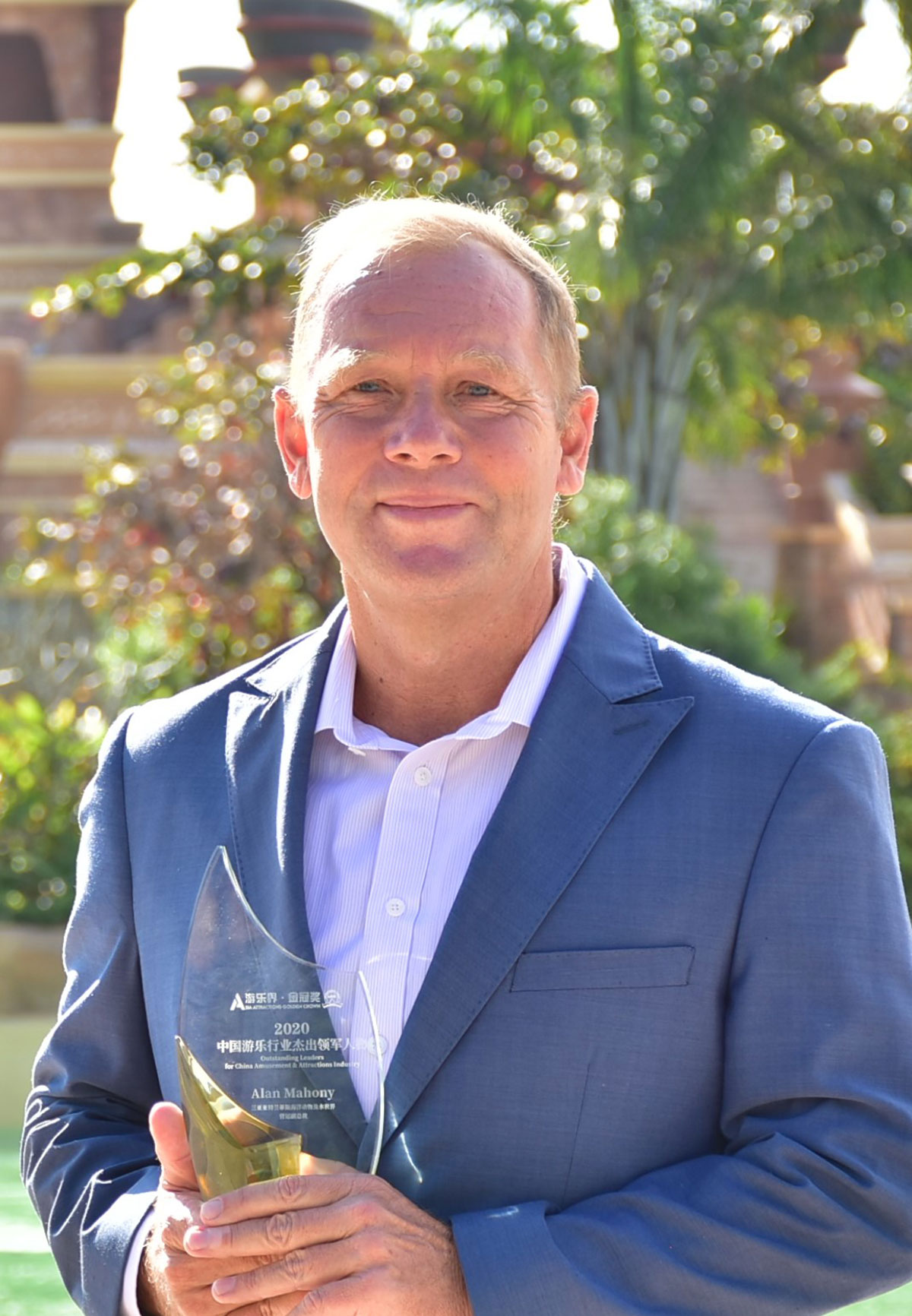
A.L.: You have worked with cutting-edge technology and innovative attractions in projects such as SEVEN in Saudi Arabia. How do you define innovation in this sector and what trends do you think will shape the future of theme parks?
A.M.: Cutting edge technology is an area we need to be constantly reviewing and understanding. Not only in rides and attractions, but in all areas to improve guest experience, from ticketing to F&B service. Innovation in our industry is important in attractions, as you need that edge to become and continue to be the market leader. Disney & Universal constantly continue to be the leaders in innovation through attractions and one thing that you will always see in these attractions is a highly immersive experience, and it’s these immersive experiences that I see leading our industry forward. You see many new attractions coming into the Middle East, one new park has just won multiple industry awards for innovation, but this park has very low attendance. I struggle to see how that is innovation if it is not attracting visitation, attractions that attract visitation and superior guest experience is what is needed to shape the future, plus understanding of the needs of the attractions market.
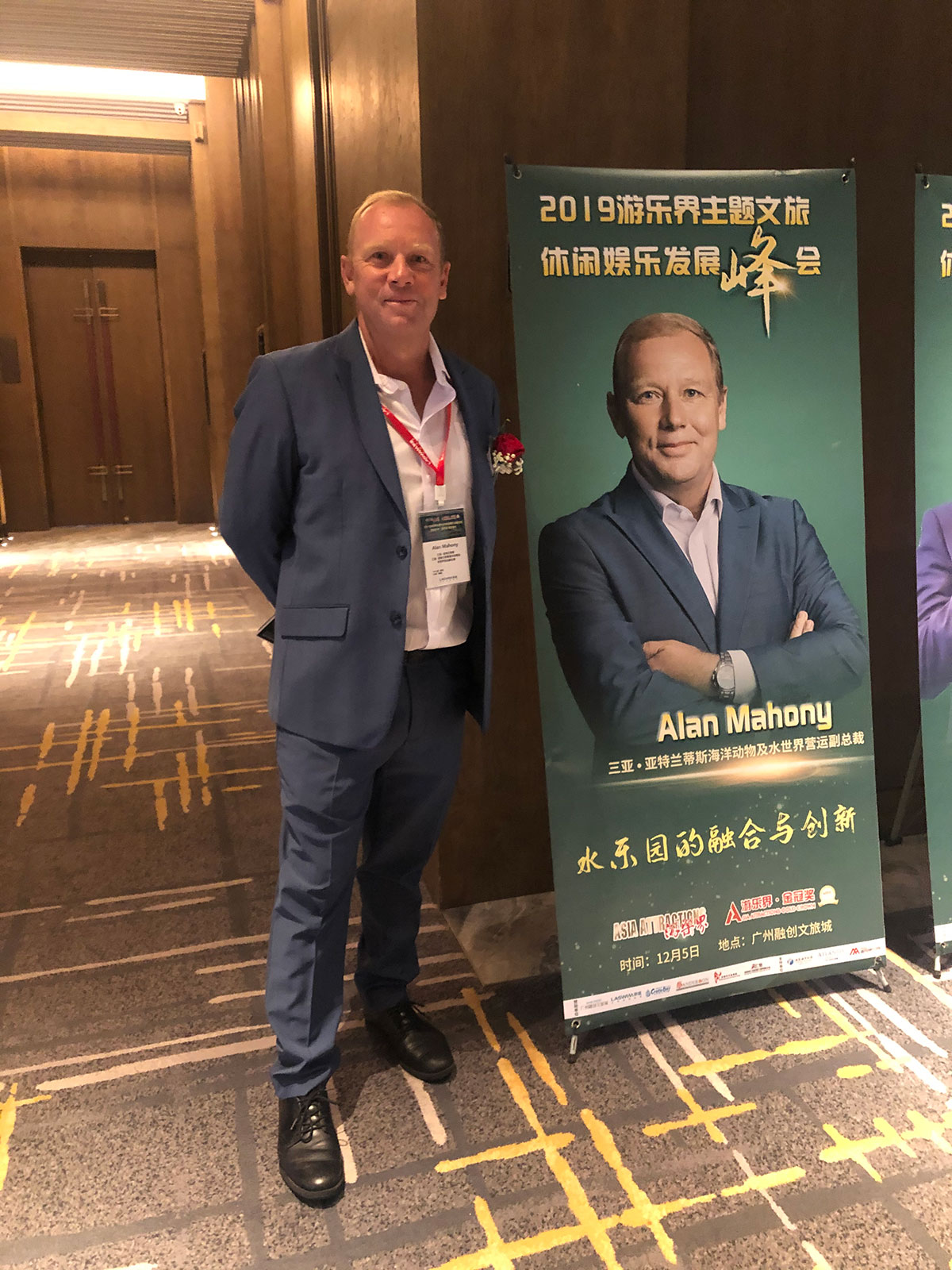
A.L.: In addition to Saudi Arabia, you have worked in Thailand, China and other countries. What are the differences between these markets and how do you adapt your strategies to them?
A.M.: It is important that new developers and operators understand the differences between these markets. In my experience I have found it important to be living in the city you are developing, spending time to understand the market’s needs, going out and experiencing entertainment and food and beverage in the local market, dining in local places, living in local communities, joining local clubs, sports or activities that you are interested in and most importantly making local friends. Getting an understanding of your market, what they like, what they dislike and very importantly what they see as value for money. Understanding these market thoughts will allow you to develop strategies in design, development and operations.
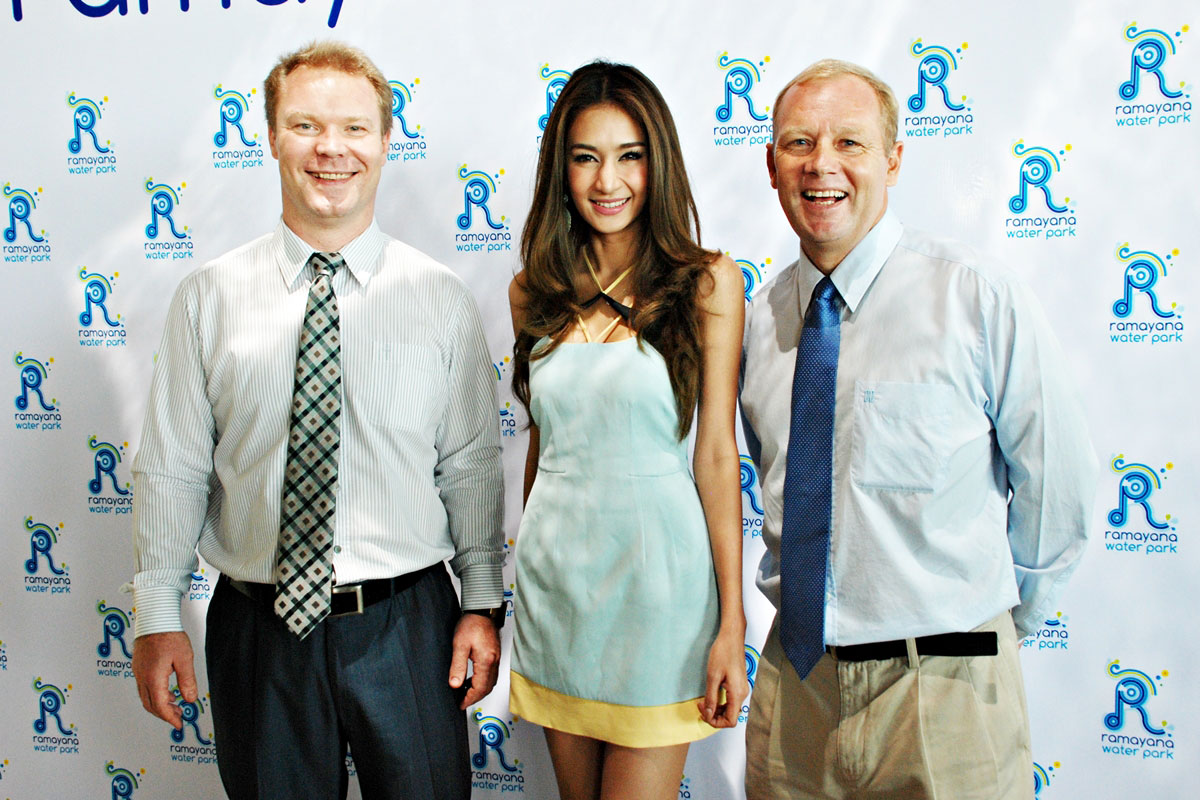
A.L.: You were involved in the opening of iconic parks such as Chimelong Water Park and Beijing Watercube Waterpark. What did you learn from these projects and how do you apply the lessons to your current work?
A.M.: There are not many better feelings than opening a new attraction, especially within a new market. Chimelong Water Park is what I call a real game changer, not only in the China waterpark industry, but the global waterpark industry. We looked at the issues with the relatively new waterpark market in China, plus developed a real strong understanding of our market (we had the advantage of operating a Safari Park, Theme park and Hotel). Working with suppliers for the correct ride selection was very important. The real difference when we established Chimelong Water Park was the understanding and the vision for the future, understanding the business and need for growth, a strategy that we began in the initial years and Chimelong Water Park is still doing today, with an incredible new ride expansion about to open this summer. Plus, we looked at entertainment, bringing in shows and performers to a wave pool stage, providing a new style of performances where guests could be in the water and the target audience has really embraced this concept.
Spending time in new emerging markets in the Middle East, this is the one area I saw that should be studied for new attractions in this region. What I witnessed was attraction development with no thought into future expansion and many attractions being designed too large, with no room for expansion; that sadly is not how our industry works. You look at a successful attraction such as Chimelong Waterpark, plus also importantly Disney and Universal, they are constantly adding new attractions, new expansions which provide increasing attendances and ongoing increasing revenues. Chimelong always understood this from day one. Parks that do not design with this strategy and are over-designing, over-building and overspending in the initial stage and will see the business work in the opposite direction, with high revenue losses, no expansion opportunities and no return visitation.
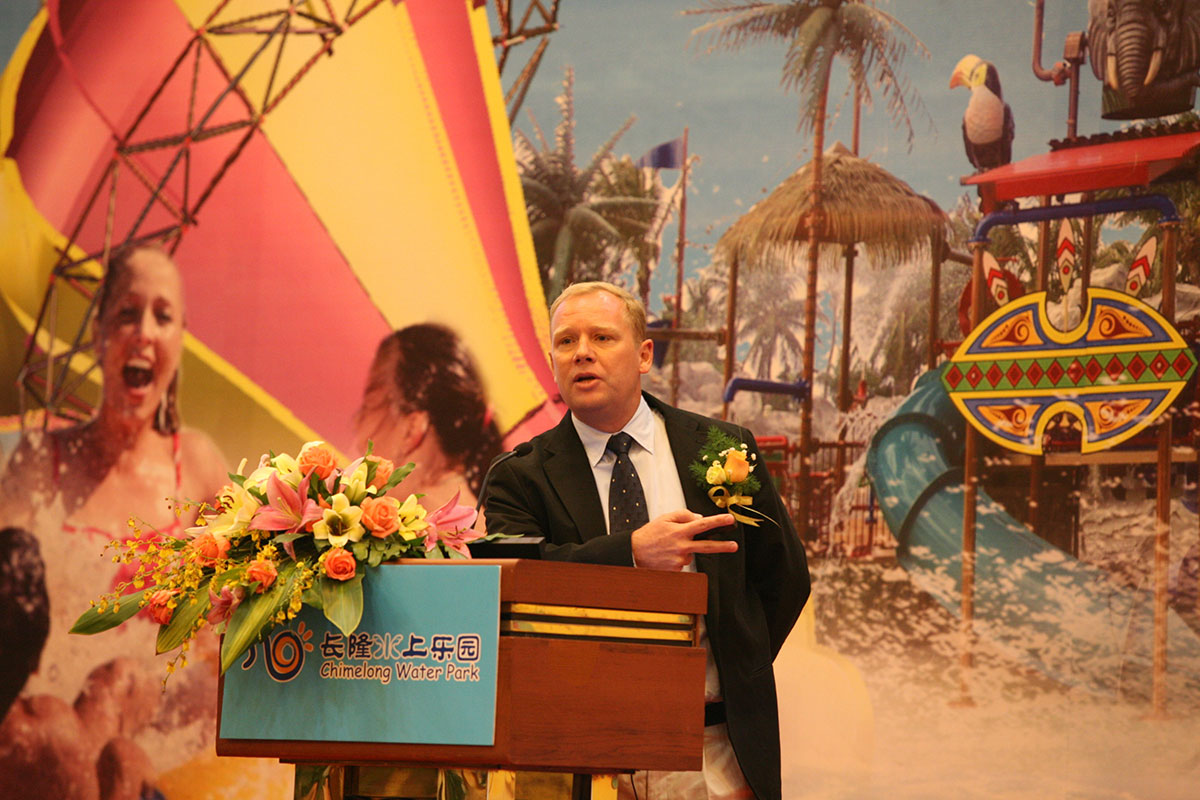
A.L.: You collaborated with global intellectual properties (IPs) such as Warner Bros., Mattel and Hasbro. How do you ensure that projects reflect the essence of the brands while appealing to local audiences?
A.M.: It is of utmost importance that during the design stage that 3 parties are represented in all aspects of the design. There needs to be the appointment of a trusted and well recognized theme park/waterpark/FEC design group, depending on the style of project. It is important that this design group not only has proven architectural experience, but also needs a strong creative team for the creative basis and storytelling, to integrate the IP into the guest experience journey and curate the visual identity of the attraction. It is extremely important that the IP is represented during the design stage. On my return to China, I have noticed and been working with IP’s that have strong local team members and senior management with theme park design experience and a strong understanding of how to best integrate the IP into the attraction, most importantly within a relevant market as global markets can vary very differently in different regions. Hence, having strong local team members from the IP is important during design. Thirdly there needs to be an owners representation, that also needs theme park design and operations experience, along with a knowledge of the local market and who they wish to target. Regular/weekly design meetings are required, plus contractually set workshops throughout the design process. Plus, as per the point above, new developments within an IP will need to be followed and understood for expansion, here in China the recently opened Zootopia Land has been an extraordinary success capturing and reflecting the essence of the brand and very importantly how it has been successful in appealing to the local audience.
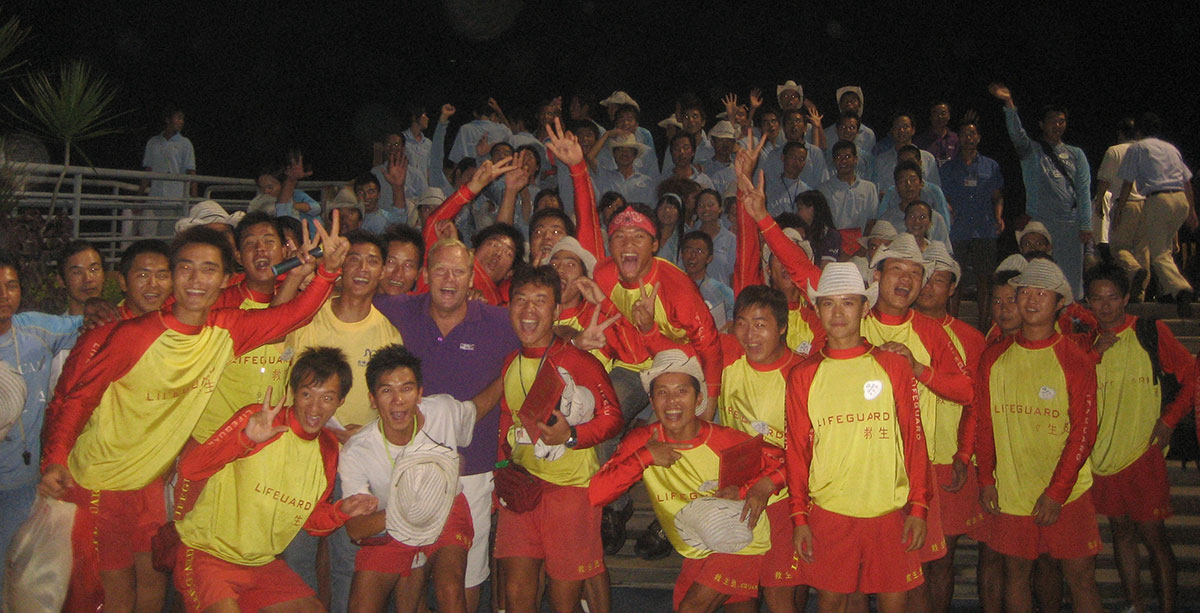
A.L.: What is your strategy to ensure that such projects are attractive, but also profitable in the long term?
A.M.: This really follows on from the question above. Personally, I have seen success when the IP and owners’ representative work as a team to provide guidance to the design group. Plus, I have seen failed projects when the IP and owner representatives sit back, allowing the design group to lead the process and progress without questioning the concepts and attractions being presented. The target market plus the IP’s acceptance within a certain region are critical to understand when planning out the concept design. Operational guest experience is also critical and surprisingly at times not considered during the design. I have seen IP attractions designed and built with no operational input, only to see the attraction fail financially. A strong understanding of the attractions guest throughput, guest journey and overall experience in necessary, plus it is the operational calculations of the guest throughput, that needs the assistance of an experienced operator to calculate, that provides integral figures in the initial design stages, which provide an understanding about if the attraction design and attraction selection will be able to be profitable. Plus, the initial thought and planning for future expansion as discussed above, now over building.
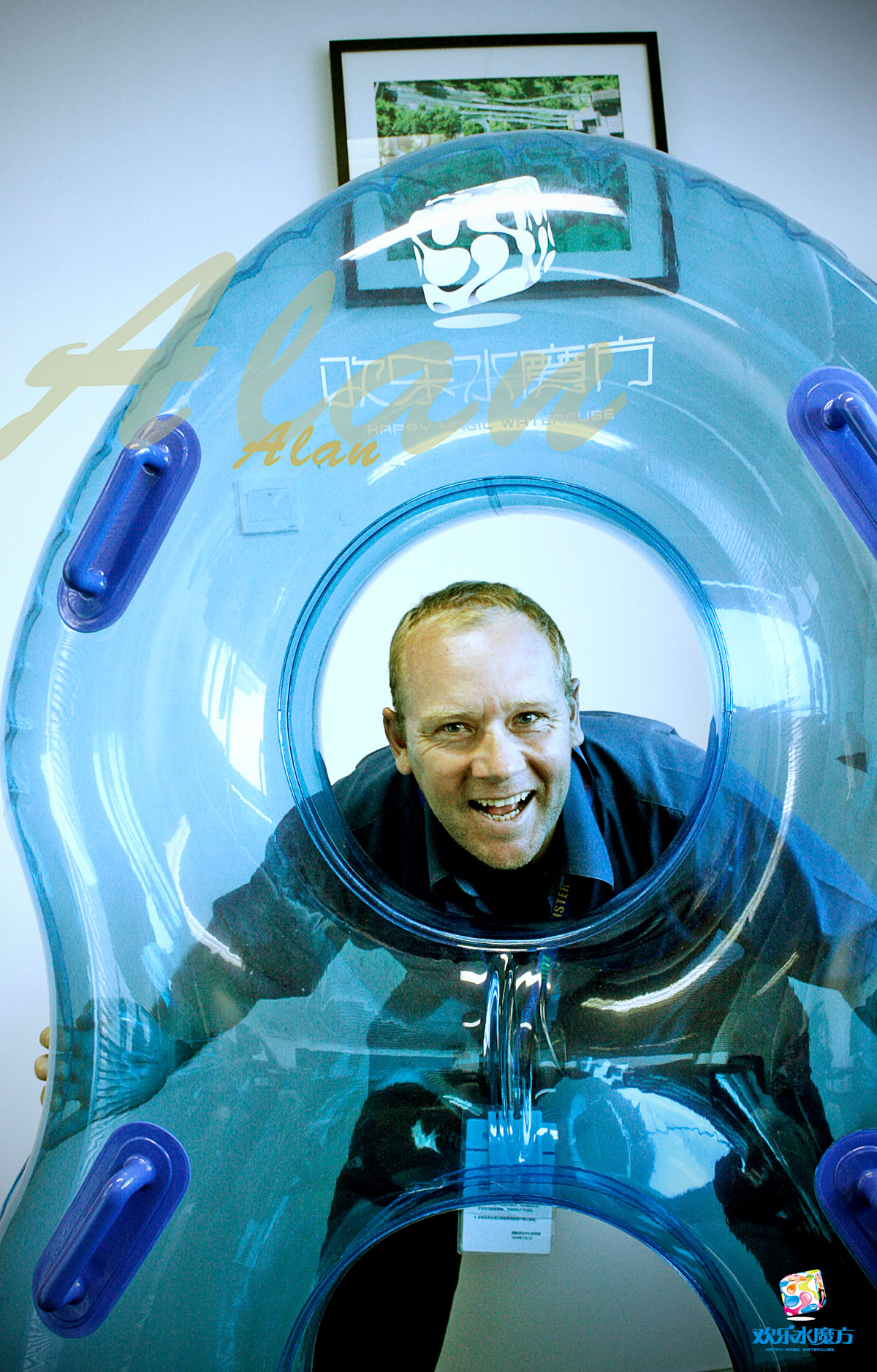
A.L.: As COO at Keyestone Properties, you handled projects that combined real estate development, tourism and entertainment. What are the biggest logistical and operational challenges and what are the advantages and disadvantages of these mixed used developments?
A.M.: It is important, even though the overall masterplan has all aspects of the development, but when it comes to concept design for the attractions, it needs to be handled almost as a separate project. Our attractions are designed by experienced theme park/waterpark/FEC design groups, as stated above. Even though the attractions may assist in residential sales and pricing, we need to look at a much much broader market so therefore the residential does not even come into discussion in initial feasibility discussions. The residential can and should assist with attractions funding and the attractions can help with the residential sales and pricing as mentioned above. Plus, most importantly is government zoning and the requirements of the government direction is critical.
A.L.: In an increasingly environmentally conscious world, how do you integrate sustainability into the operation of large leisure and tourism projects?
A.M.: Sustainability seems to be a buzz word and is something that needs to be looked at moving into schematic design. I have seen a few parks globally doing amazing work in this area, notably Waterbom in Bali. Most of the work I have done is with recycling, from typical garbage recycling, to water recycling into landscape systems, especially for waterparks. I see a future in using solar power.
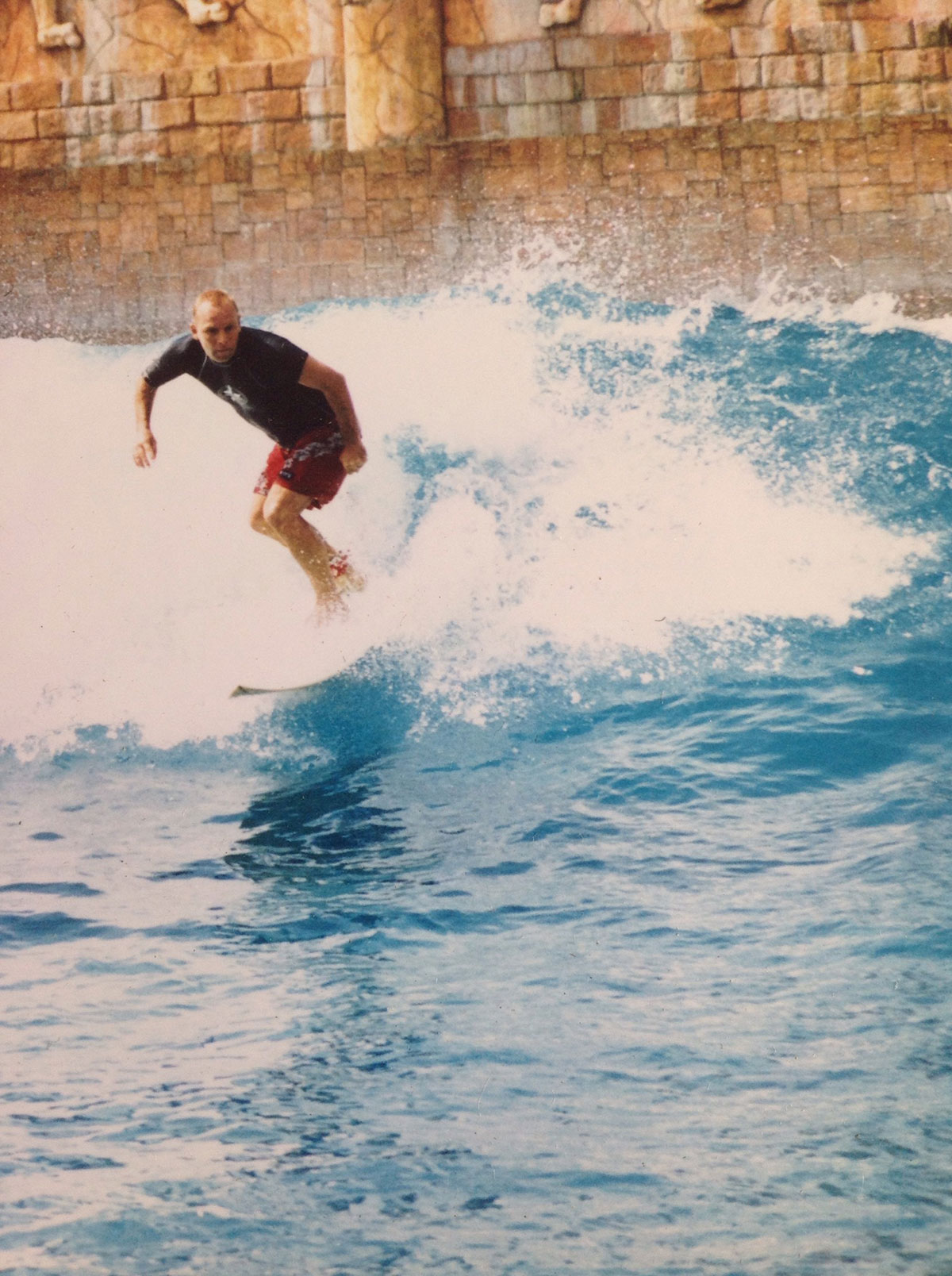
A.L.: The leisure, entertainment and tourism industry has faced significant challenges, such as the pandemic. How did you manage critical situations in your projects and what strategies did you implement to ensure operational resilience?
A.M.: Coming back from the pandemic was an interesting one for me, as I was in China with Atlantis Sanya Resort and we were the first attractions to reopen globally, so we had no attractions to benchmark off, in fact our success was used as a benchmark. The aquarium was the first to open and made a great deal of sense, as during lockdown we still had high operating costs, with aquarium maintenance and fish care which was staffed by the majority of our team. Therefore a high percentage of our team needed to continue working during lockdown, so reopening the attraction we only needed to bring in minimal operations staff. The waterpark was a very different story as our goal in reopening all attractions was to make profit, which we successfully did with both the aquarium and waterpark. For the waterpark we looked at strategic opening hours and rotation of attractions throughout the waterpark to assist with staffing and utility cost. This was a plan we ran for approximately 3 months, ensuring most importantly guest satisfaction and tight controls of our operating costs. For the potential spread of Covid and hygiene procedures, we worked closely with the government following all the regulations that they put into place, successfully running a safe operation.
A.L.: Based on your vast experience, how do you see the future of theme park development?
A.M.: The industry is seeing a large global expansion in our industry, especially in the Middle East, particularly in Saudi Arabia, the success there is yet to be seen. In China we see the future in IP attractions and destination resorts. We believe that the market is growing stronger with IP’s and our research shows that there is strong potential of growth in this area. No matter what your direction is, it still will always come down to the correct research and using design guidelines as mentioned above. I feel it is important that we understand why projects are successful, or unsuccessful, to ensure we follow the correct guidelines and not follow with the same mistakes the unsuccessful developments have made.


